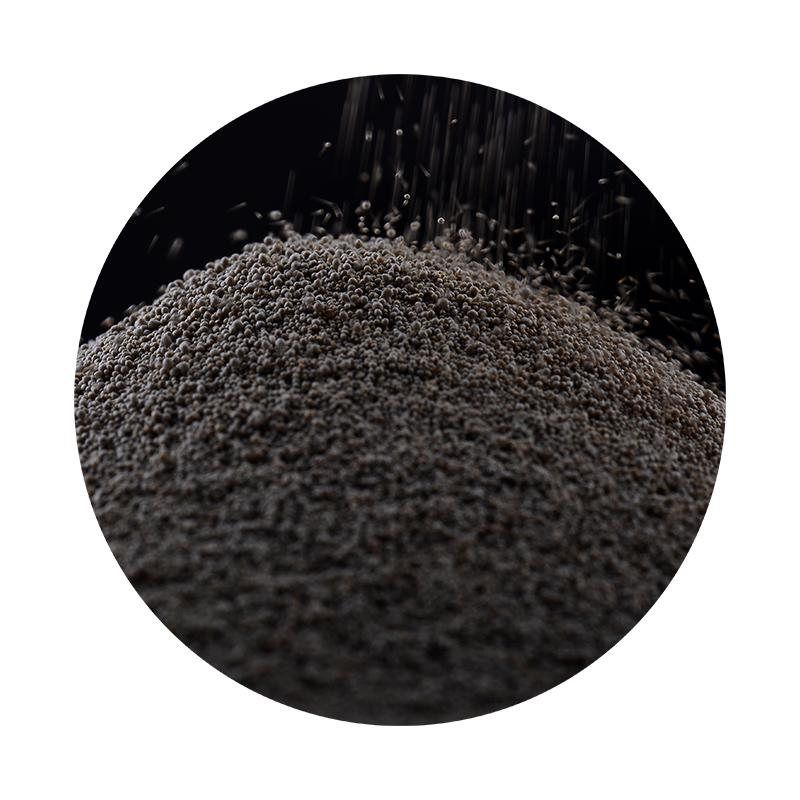The Importance of Bauxite Sand in Industry
Bauxite sand, an aggregate material primarily composed of aluminum oxide, is a crucial component in various industrial applications. This unique resource plays a pivotal role in the production of aluminum and serves numerous other functions in different sectors. Understanding the properties, uses, and the implications of bauxite sand can shed light on its significance in the global marketplace.
Composition and Properties
Bauxite is naturally found in sedimentary rocks, formed through the weathering of aluminum-rich rocks under tropical and subtropical conditions. The primary component of bauxite sand is gibbsite, a hydrated aluminum oxide, along with other minerals such as boehmite and diaspore. The distinctive composition of bauxite, which contains between 30-60% aluminum oxide, makes it imperative for extracting aluminum, a light metal known for its strength and corrosion resistance.
Bauxite sand is characterized by its fine, granular texture and a tan to reddish-brown color, which is largely due to the presence of iron oxides. These properties make it suitable for various industrial processes, including refractory materials and in the production of aluminum oxide for aluminum smelting.
Industrial Applications
The most significant use of bauxite sand is in the extraction of aluminum. The Bayer process, developed in the late 19th century, involves crushing bauxite and then mixing it with a hot solution of sodium hydroxide. This process separates alumina from impurities like silica and iron oxides. The resulting alumina can then be electrolytically reduced to produce aluminum, feeding into numerous industries, from aerospace and automotive to construction and packaging.
Moreover, bauxite sand is employed as an essential material in the production of abrasives
. Its hardness and high melting point make it ideal for creating different types of grinding products. Additionally, it is utilized in the manufacture of refractory materials that can withstand extreme temperatures, making it vital in industries such as metallurgy, glass, and ceramics.Beyond these uses, bauxite sand is also finding novel applications in the field of environmental sustainability. For instance, it can be used in the production of eco-friendly building materials and can serve as a soil amendment to improve the fertility of certain soils, thereby affecting agricultural practices positively.
bauxite sand

Economic Impact
The economic implications of bauxite sand are profound. As a key raw material for aluminum production, it significantly influences the entire aluminum supply chain, which is vital for global infrastructure development. Countries rich in bauxite reserves, such as Australia, Brazil, and Guinea, have developed robust mining industries centered on bauxite extraction.
The demand for aluminum continues to rise as industries seek lightweight materials to improve fuel efficiency and reduce emissions. Consequently, the versatility of bauxite sand paves the way for sustained economic growth in mining sectors around the world. Governments and corporations alike are investing in research and development to enhance the efficiency of bauxite extraction and processing.
Environmental Considerations
While the economic benefits are significant, the extraction of bauxite sand is not without challenges. Mining activities can lead to environmental degradation, including deforestation, soil erosion, and loss of biodiversity. The processing of bauxite often results in the generation of red mud, a hazardous byproduct that poses disposal challenges.
Sustainable mining practices, therefore, are essential to minimizing the environmental footprint of bauxite sand extraction. Implementing effective rehabilitation measures and exploring technologies that reduce waste generation are vital strategies moving forward. Engaging local communities and adhering to strict environmental regulations can help mitigate the adverse effects of bauxite mining while securing the resource for future generations.
Conclusion
In conclusion, bauxite sand is a significant industrial material with far-reaching applications, particularly in aluminum production. Its relevance spans various sectors, underlining the need for responsible extraction and processing practices. As the demand for aluminum continues to grow in various industries—driven by the need for lightweight and sustainable materials—bauxite sand's role will undoubtedly become increasingly important. Striking a balance between economic development and environmental sustainability will be crucial in harnessing the benefits of this valuable resource while safeguarding the planet for future generations.
Post time:11월 . 07, 2024 20:37
Next:3D Printed Sanding Block for Precision Crafting and Smooth Finishes
